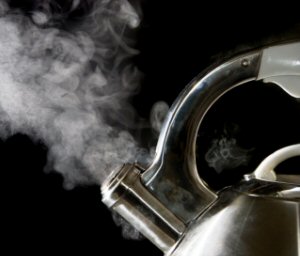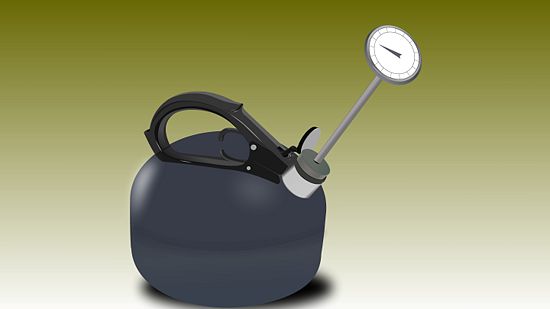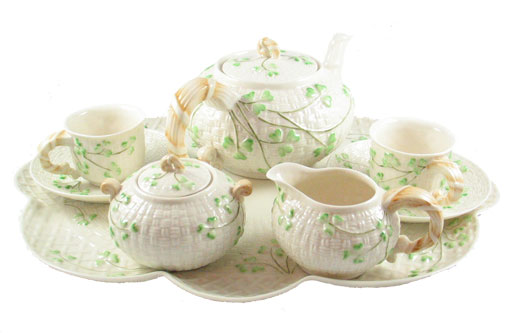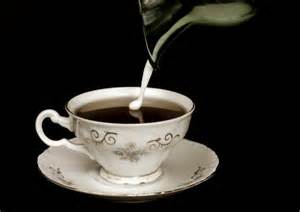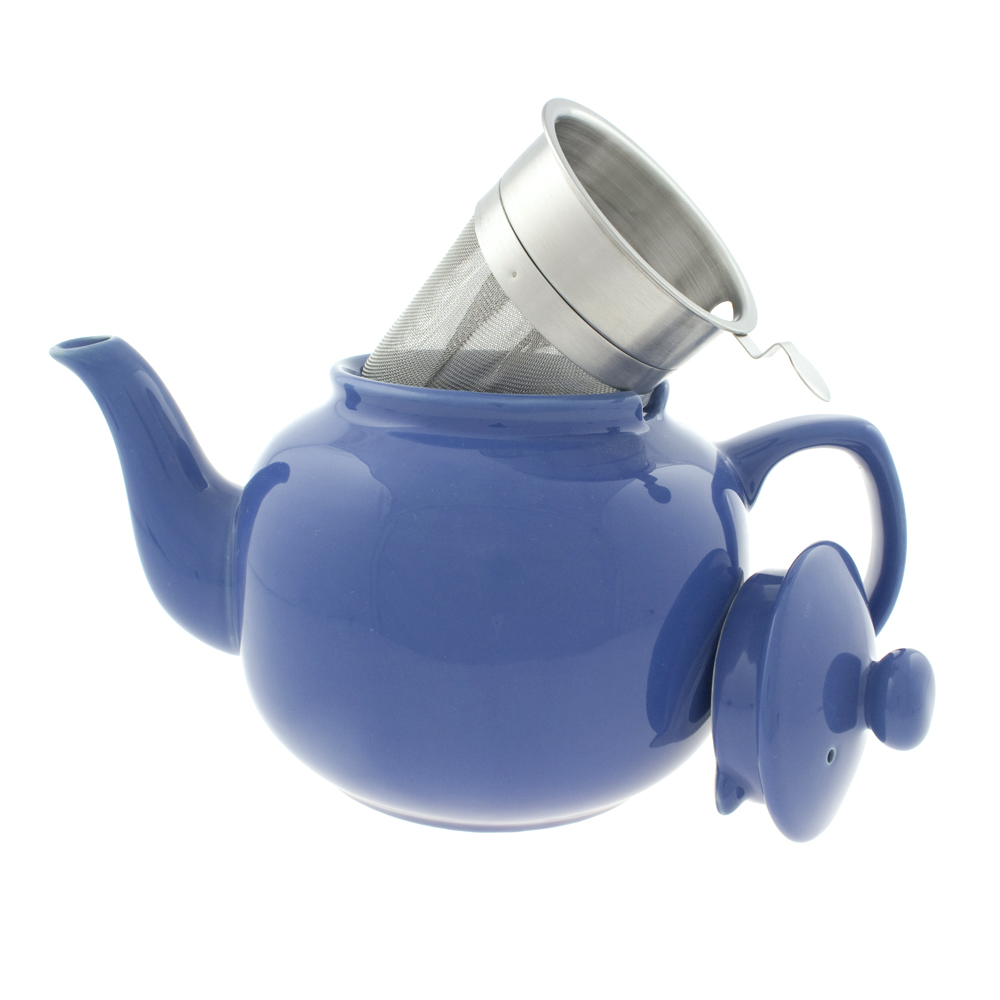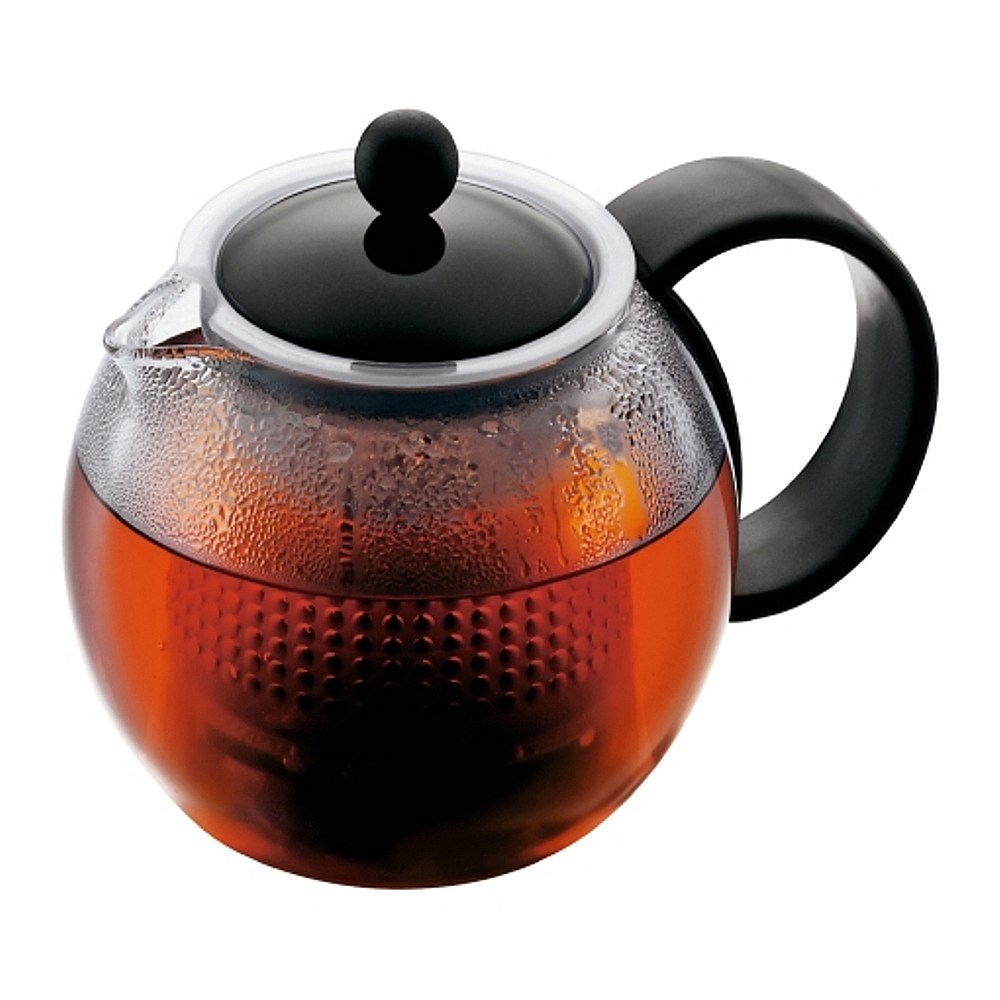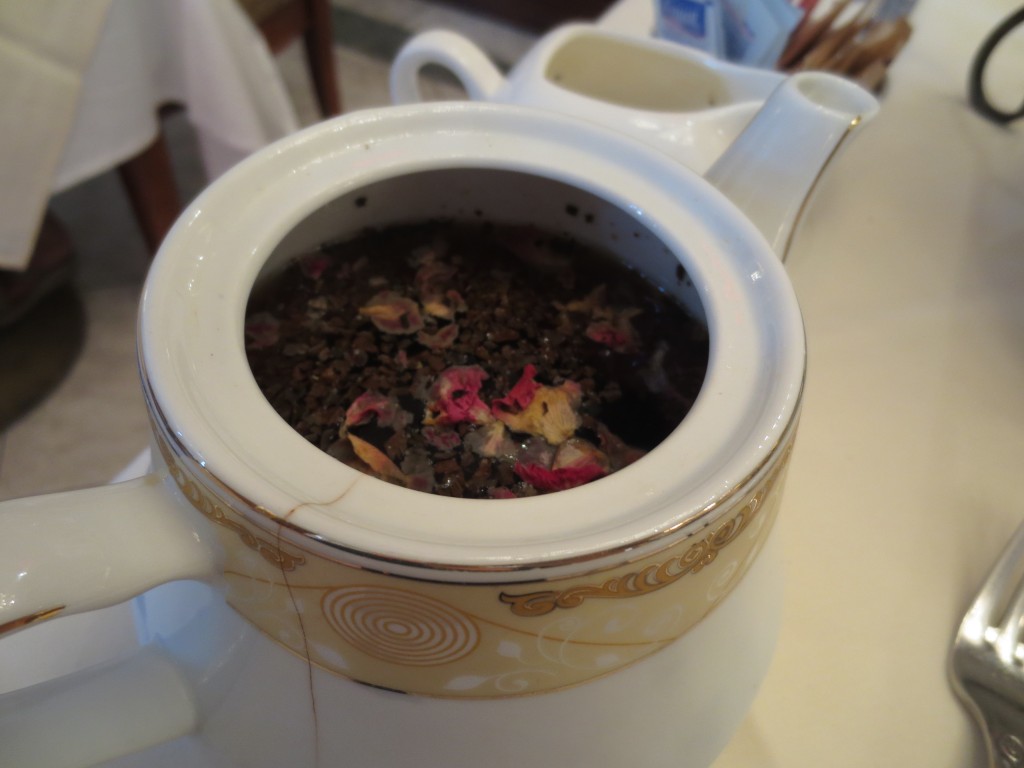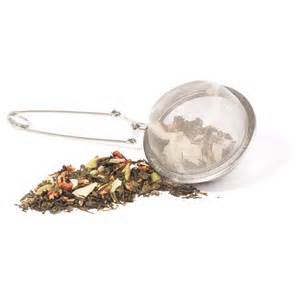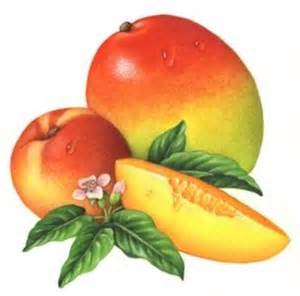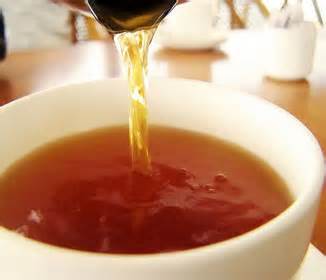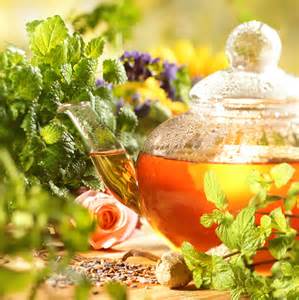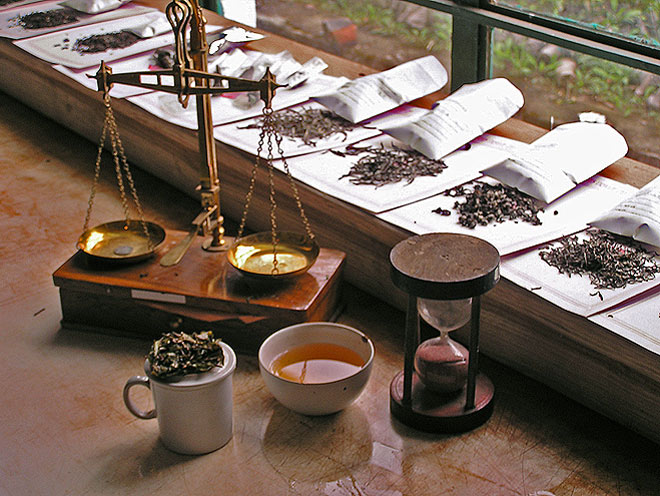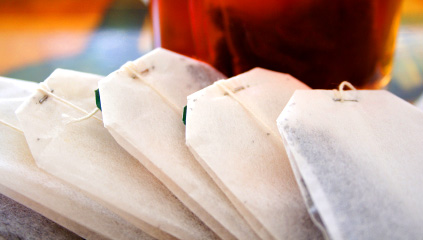Tea aficionados have been talking about pu-erh more and more lately. It goes by many names, much like a rose, such as the diet tea or the anti-aging tea. Great, right? Drink a certain kind of tea and you’ll not only stay thin but you’ll stay young forever. Could this tea be the elixir of the fountain of youth?! Let’s examine, shall we?
Processing Pu-Erh
Pu-erh is grown in the Yunnan province of China. The tea leaves are piled, dampened, and turned to ensure even fermentation (a lovely and appetizing article compared this process to composting). After about six months to a year, the tea is considered ripened and then dried, weighed, and steamed to prepare it for pressing.
The pressing and aging are the two signature processing elements in pu-erh. The tea is pressed into a brick and aged much like whiskey or Scotch. After years of aging, it is finally ready to enter the market and your teacup.
Preparing Pu-Erh for Drinking
It is possible to buy pu-erh in a loose leaf form (most tearooms that offer pu-erh have loose leaf pu-erh for ease of brewing), but if yours is still in its brick, simply flake off or cut off pieces of the cake in a vertical direction. Technically pu-erh should be brewed at 95°F for 30 seconds for a first brewing and reaching up to 10 minutes for a subsequent brewing, but I’ve brewed mine at 205° for two minutes and it has been perfect.
I treat it much like a black tea. The pu-erh I’ve been drinking is flavored with caramel and vanilla and is strong but decadent with a splash of milk and sugar.
Health Benefits
There hasn’t been any studies done in humans yet, but scientific studies with animals have shown a decrease in body weight following consistent pu-erh consumption. Liver health improved and cholesterol lowered. Overall body fat composition lowered as well, which is why pu-erh is called the slimming tea. The Chinese believe that pu-erh can also help cure a hangover by invigorating the spleen. I think we all need invigorated spleens so we should all drink pu-erh.

